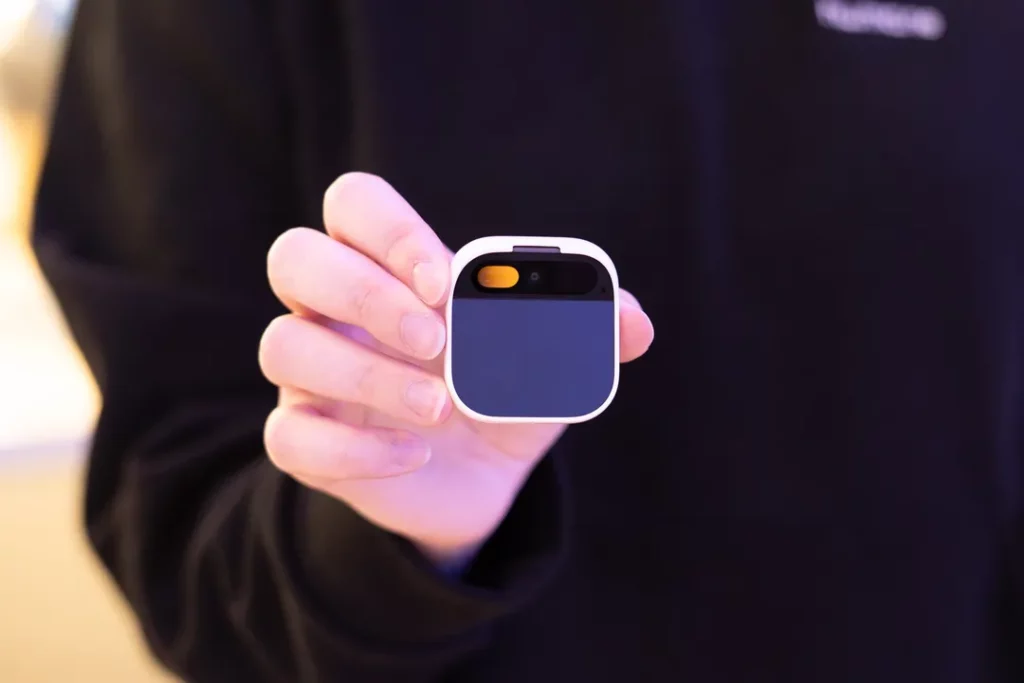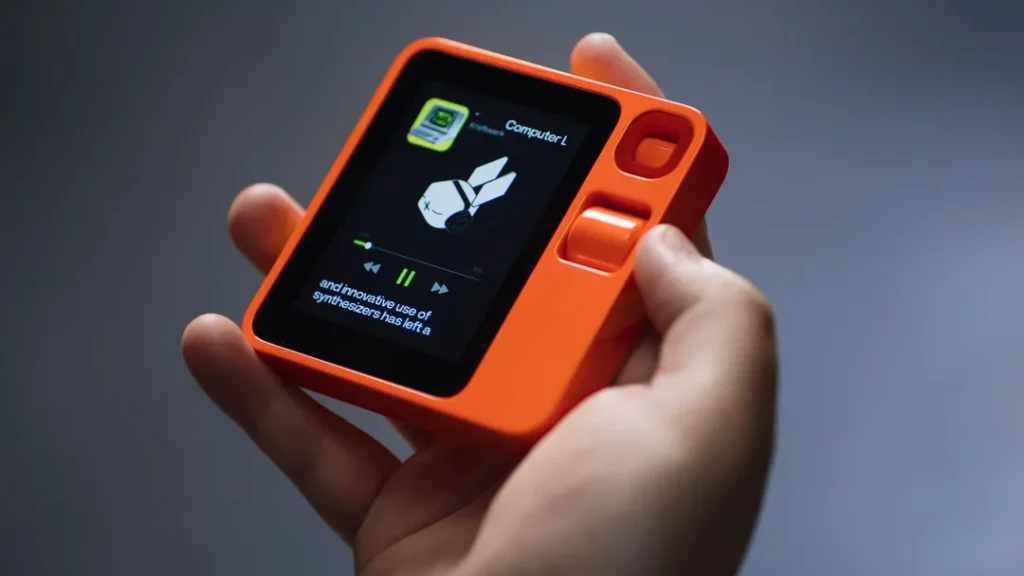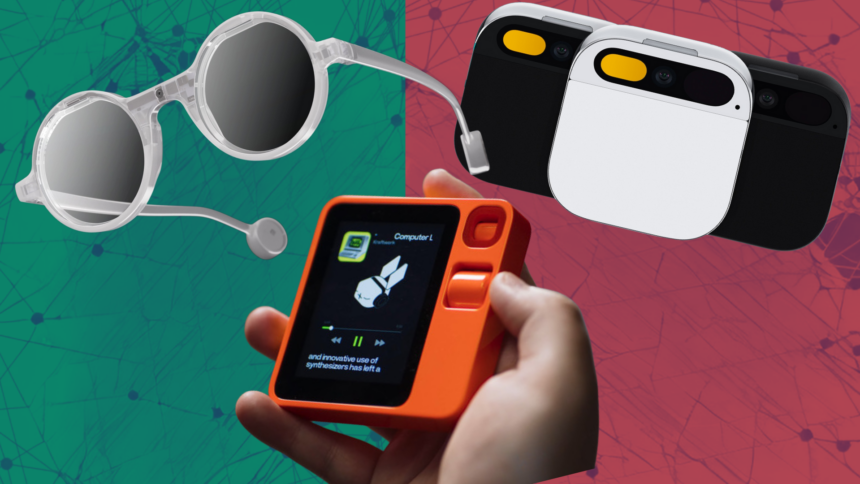Companies including Humane, Rabbit, Brilliant, Meta, and a host of others stand on the precipice of releasing AI-centric devices into the market. While the scale of AI hardware’s impact might not eclipse that of the smartphone era, its significance is poised to be monumental in the tech landscape.
Predicting the future can often feel like a shot in the dark, but I’m confident in marking April 2024 as a watershed moment for technology. The imminent wave of product launches from companies like Humane with its AI Pin, Rabbit’s debut of the R1, the innovative smart glasses from Brilliant Labs, and Meta’s enhanced smart glasses, are all set to redefine our interaction with gadgets. These developments herald the advent of an era where AI isn’t just an added feature but the core of the user experience.

The unifying factor among these forthcoming gadgets is their emphasis on making AI the centrepiece of interaction. For instance, the AI Pin by Humane processes user queries through advanced language models to provide an intuitive service, whether it’s answering questions, playing music, or capturing moments. Similarly, Rabbit’s R1 and Meta’s smart glasses leverage image recognition and data models to identify objects in your environment, highlighting the shift from AI as a mere application to the foundation of functionality.
This surge in AI-centric hardware could mark a pivotal moment akin to the introduction of the smartphone, potentially redefining user interaction with technology in profound ways. Although it’s unlikely that any single device will immediately obsolete current technologies, the collective introduction of these gadgets will pioneer new forms of engagement with the digital world, offering glimpses into the future of human-computer interaction.
Despite the innovation these AI devices promise, they’re not poised to replace smartphones entirely. The argument hinges on the pervasive and versatile nature of smartphones, which have become the central hub of our digital lives. However, the introduction of AI-specific hardware doesn’t seek to supplant smartphones but to reduce the friction and inefficiency inherent in their usage, providing a more streamlined and accessible interface for certain tasks.

The notion of AI gadgets like the Rabbit R1 serving as the new frontier in technology is captivating, offering a glimpse into a future where technology serves us with minimal input and maximal efficiency. This vision for AI is about simplifying the complex, multi-step processes that have become a staple of interacting with our smart devices, embodying a leap towards a more intuitive, seamless integration of technology in our lives.
As these AI-integrated devices emerge, they challenge the current tech giants’ hold over the consumer electronics market, potentially heralding a new era of innovation and competition. This shift represents not just a technological evolution but a significant opportunity for new players to establish a foothold in the market, potentially reshaping the competitive landscape that has been dominated by a few key players for over a decade.
However, the journey towards an AI-centric future is fraught with challenges, particularly concerning the reliability and effectiveness of AI in its current state. The dream of a seamless, intuitive AI experience is tempered by the reality of technology’s limitations and the complexity of human needs and preferences, highlighting the gap between the potential of AI and its current capabilities.

As companies strive to navigate these challenges, hybrid approaches that blend AI’s promise with practical, user-friendly interfaces emerge as a compelling strategy. Companies like Humane and Rabbit are exploring innovative solutions that combine AI’s power with user input, aiming to create a more personalized and efficient technological experience. This approach reflects a broader trend towards integrating AI into our lives in a way that enhances, rather than complicates, our interaction with technology.
In many respects, the current landscape of AI gadget innovation mirrors the early days of the mobile phone industry, filled with experimentation and a diverse array of designs and functionalities. Just as the mobile phone market evolved from a wide variety of form factors to the streamlined, touch-centric designs of today, the AI gadget market is in a phase of exploration and innovation, seeking to find the form factors and functionalities that resonate most with consumers in this nascent technological era.








